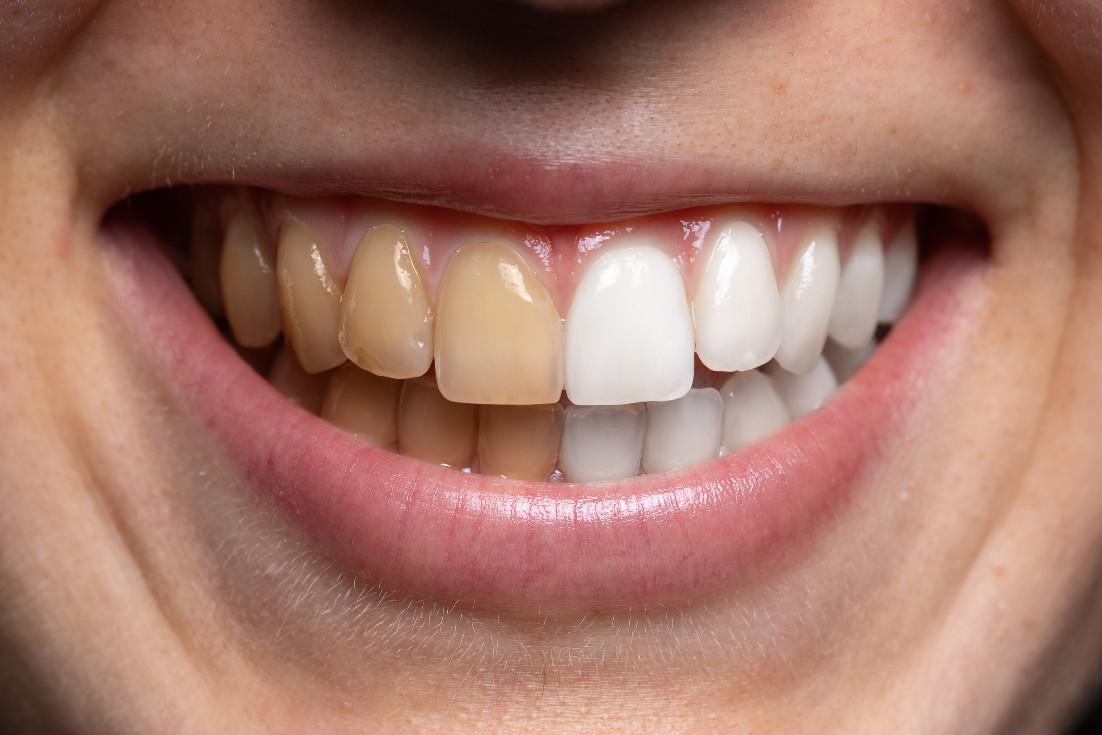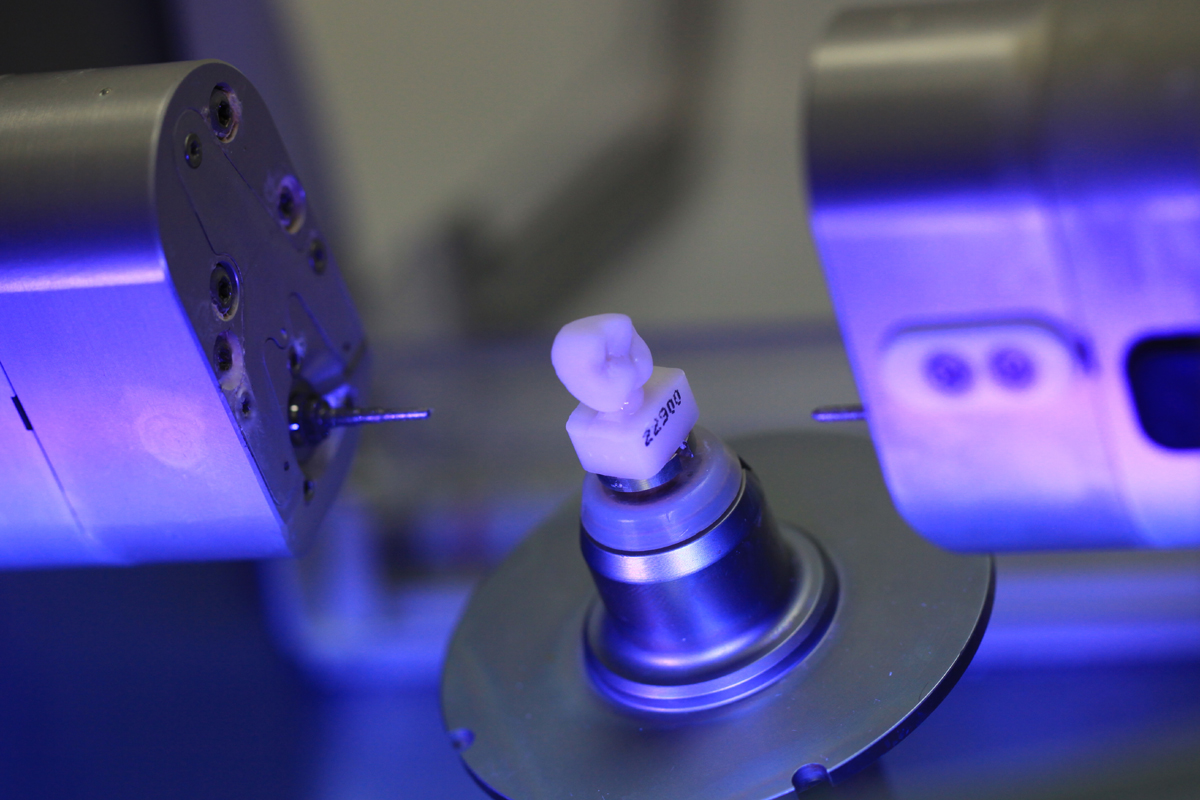Maintaining a bright and healthy smile is a universal desire, and in Mauritius, where dental care is of utmost importance, understanding the common causes of teeth discoloration becomes key. This guide explores these causes and offers practical strategies to prevent teeth discoloration for a confident and radiant smile.
What are common causes of teeth discoloration for Mauritians?
Common causes of teeth discoloration for Mauritians include poor oral hygiene practices, consumption of staining substances such as coffee, tea, and tobacco, certain medications like antibiotics, and natural ageing processes. Additionally, frequent consumption of sugary foods and drinks can contribute to tooth discoloration. Let’s list the different common causes and how it can be prevented:
Food and beverages can be a cause of teeth discolouration
Food and beverages can cause tooth discoloration due to their staining properties. Certain foods like berries, tomato sauce, and soy sauce, as well as drinks like red wine and cola, can leave stains on the teeth over time. To prevent this, it is recommended to brush your teeth or rinse your mouth with water after consuming these staining substances. Additionally, using a straw when drinking beverages can help minimise contact between the liquid and your teeth. Regular dental check-ups and professional cleanings are also important in preventing and managing tooth discoloration caused by food and beverages. Dentists can remove stubborn stains and provide guidance on oral hygiene techniques to minimise staining. Another preventive measure is to limit the consumption of staining foods and drinks, especially when they are consumed in large quantities or over a long period of time. Practising good oral hygiene and maintaining a healthy diet can contribute to keeping your teeth bright and white.
Poor oral hygiene
Another common cause of teeth discoloration comes from poor oral hygiene. Neglecting to brush and floss regularly can lead to the buildup of plaque and tartar, which can cause teeth to appear yellow or brown. Additionally, not properly cleaning the tongue can also contribute to tooth discoloration. Neglecting proper oral care can also result in bad breath, gum disease, and tooth decay. Regular visits to the dentist are also important for maintaining oral health, as they can identify and address any potential issues before they worsen. By prioritising good oral hygiene practices and making them a part of your daily routine, you can ensure a bright and white smile for years to come.
The process of ageing
As we age, tooth enamel naturally wears down, revealing the yellowish dentin beneath. This natural process can cause teeth to appear more yellow or brown. Additionally, certain lifestyle factors, such as smoking or consuming dark-coloured foods and beverages, can also contribute to tooth discoloration. To prevent tooth discoloration, it is important to practise good oral hygiene and limit the consumption of staining substances. Regular dental cleanings and professional teeth-whitening treatments can also help maintain a bright smile as we age.
What is the meaning behind the different types of discoloration?
The different types of tooth discoloration can vary in their causes and treatments. Intrinsic discoloration occurs when the inner structure of the tooth, called the dentin, becomes discoloured. This can be caused by factors such as genetics, certain medications, or trauma to the tooth. Extrinsic discoloration, on the other hand, occurs when the outer layer of the tooth, called the enamel, becomes stained. This can be caused by factors such as smoking, consuming dark-colored foods and beverages, or poor oral hygiene. Understanding the type of discoloration can help determine the most effective treatment options, such as professional teeth whitening or dental bonding.
- Eating and drinking meals and drinks with dark colours can often result in yellow stains. It can also indicate that you should practise better dental hygiene.
- Chewing tobacco or smoking causes the discoloration of the teeth to turn brown. Your teeth most likely have untreated tooth decay if you have pitting (small holes) and brown stains.
- Red wine drinkers are typically the ones with purple teeth stains.
- If your teeth have turned grey, it could indicate that a nerve has died inside of them. This can be brought on by dental trauma.
- Dental fluorosis could be indicated by white flecks on your teeth. This indicates that when your teeth were growing as a child, you ingested a lot of fluoride.
- Generally, areas of severe decay are indicated by black spots on your teeth.
How do dentists at Le Centre Esthétique de L’Océan Indien treat discoloured teeth?
Dentists at Le Centre Esthétique de L’Océan Indien offer various treatments for discoloured teeth, depending on the cause and severity of the discoloration. They may recommend professional teeth-whitening procedures to remove surface stains and restore a brighter shade. In cases where the discoloration is due to internal factors such as dead nerves or dental trauma, they may suggest treatments like ceramic onlays or dental veneers to improve the appearance of the teeth.
Ceramic Onlays
An onlay is an all-ceramic restoration that helps conserve the structure and avoid a more invasive crown. An optical impression is taken of the existing tooth, and a colour-matched onlay is milled to fit perfectly with the rest of your teeth, thus giving a realistic appearance from a cosmetic point of view.
Dental Veneers
Veneers are ultra-thin layers of ceramic (porcelain) or a composite resin material that are bonded to the front of teeth to improve the aesthetics of a tooth or protect the tooth’s surface from damage. One or two sessions may be required to transform your smile. With the CAD/CAM technology of CEREC, dental veneers are shaped and custom-designed only for you.
Teeth Whitening
The whitening procedure is ideal for just about any patient who has discoloured or stained teeth. First, they shall begin by covering the teeth and gums, so that the teeth are the only area exposed. Then, the whitening gel is applied to the teeth before using the lamp, whose light and the gel work together to gently penetrate the teeth and break up stains. All through the procedure, you can just relax and listen to music. When done, you can resume your normal activities with the brilliant smile you have always wanted.
Maintaining a bright smile involves understanding and addressing the common causes of teeth discoloration. By adopting preventive measures and incorporating good oral hygiene practices, you can enjoy a confident and radiant smile. Regular dental check-ups and professional cleanings play an essential role in sustaining long-term dental health.





